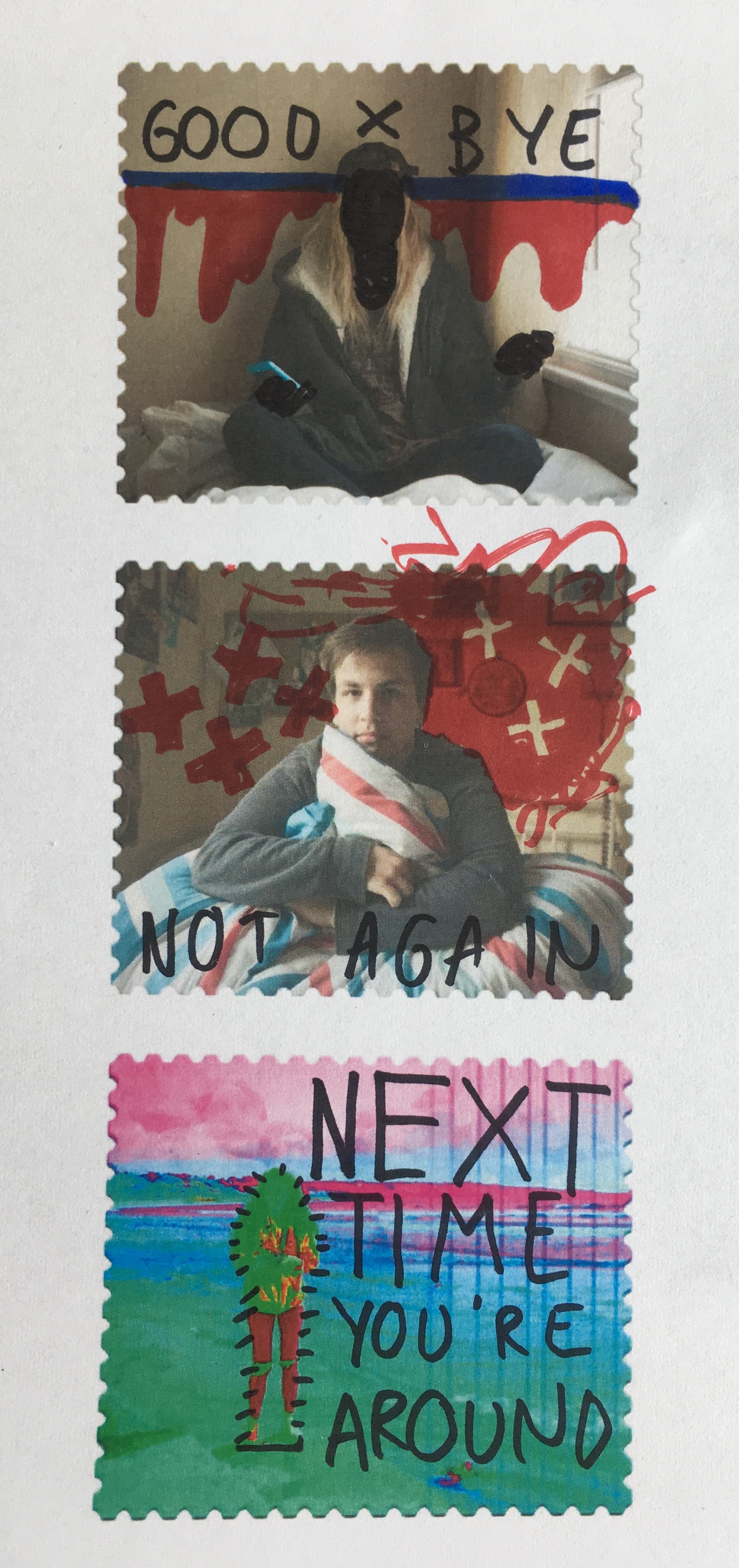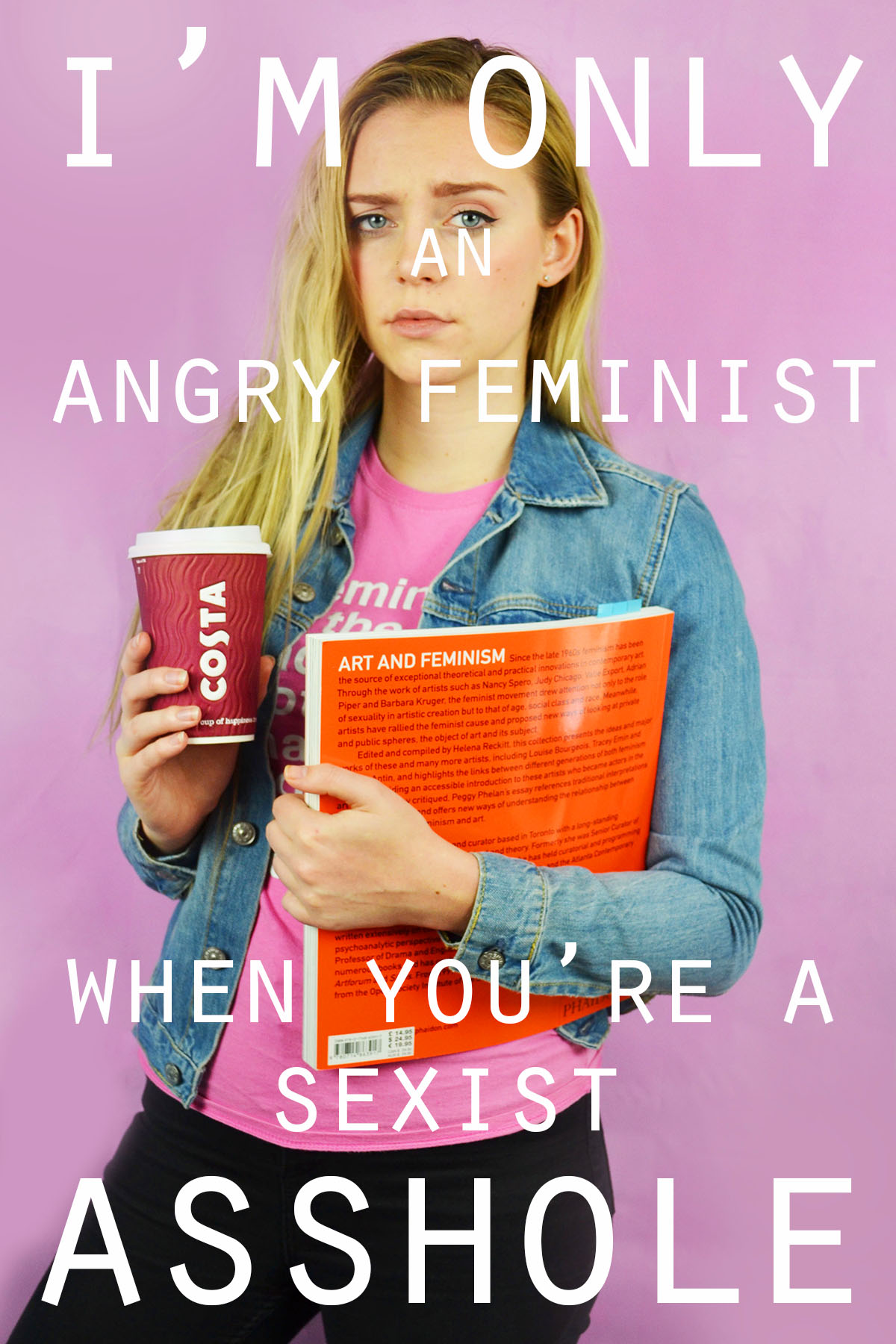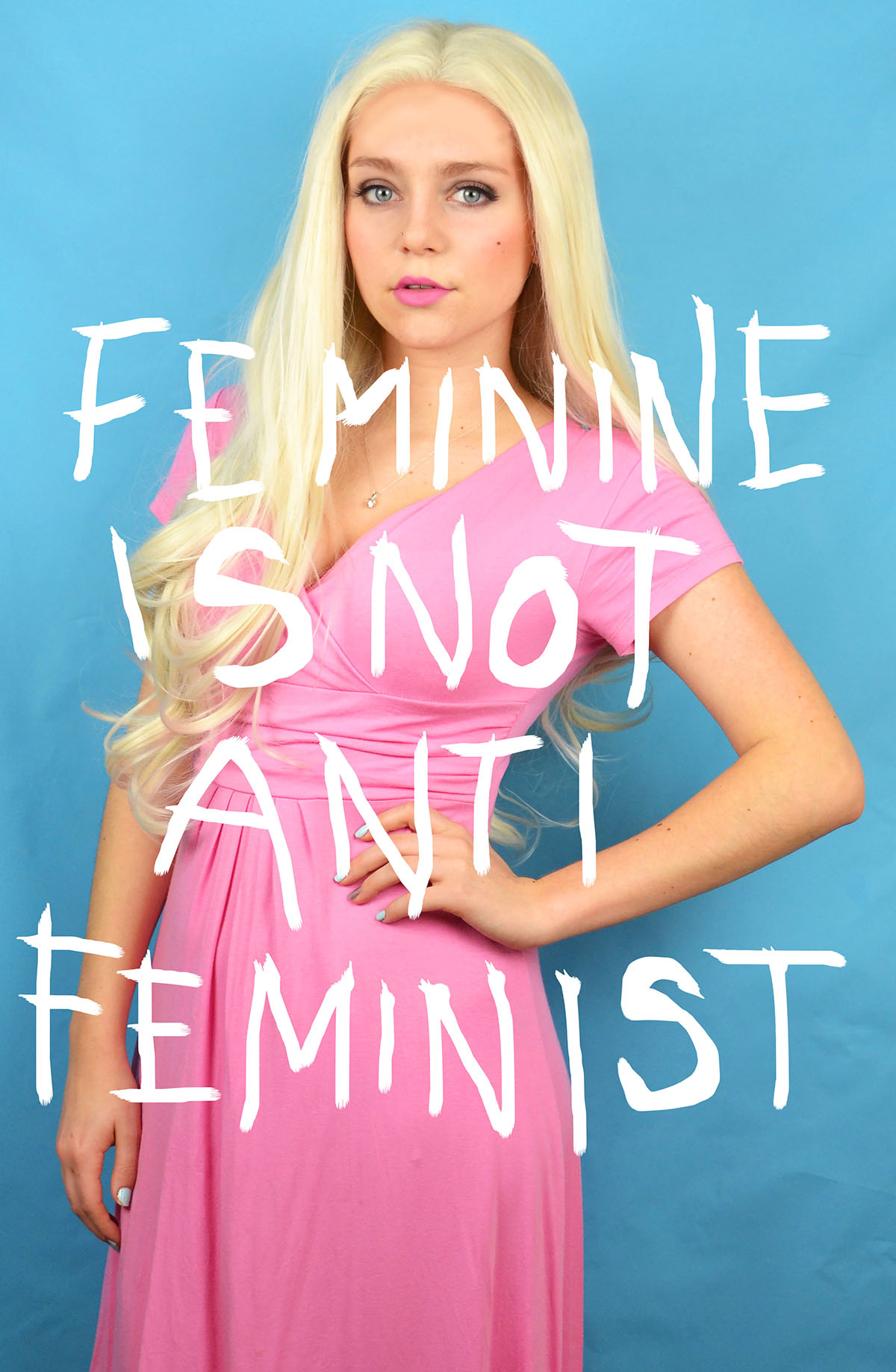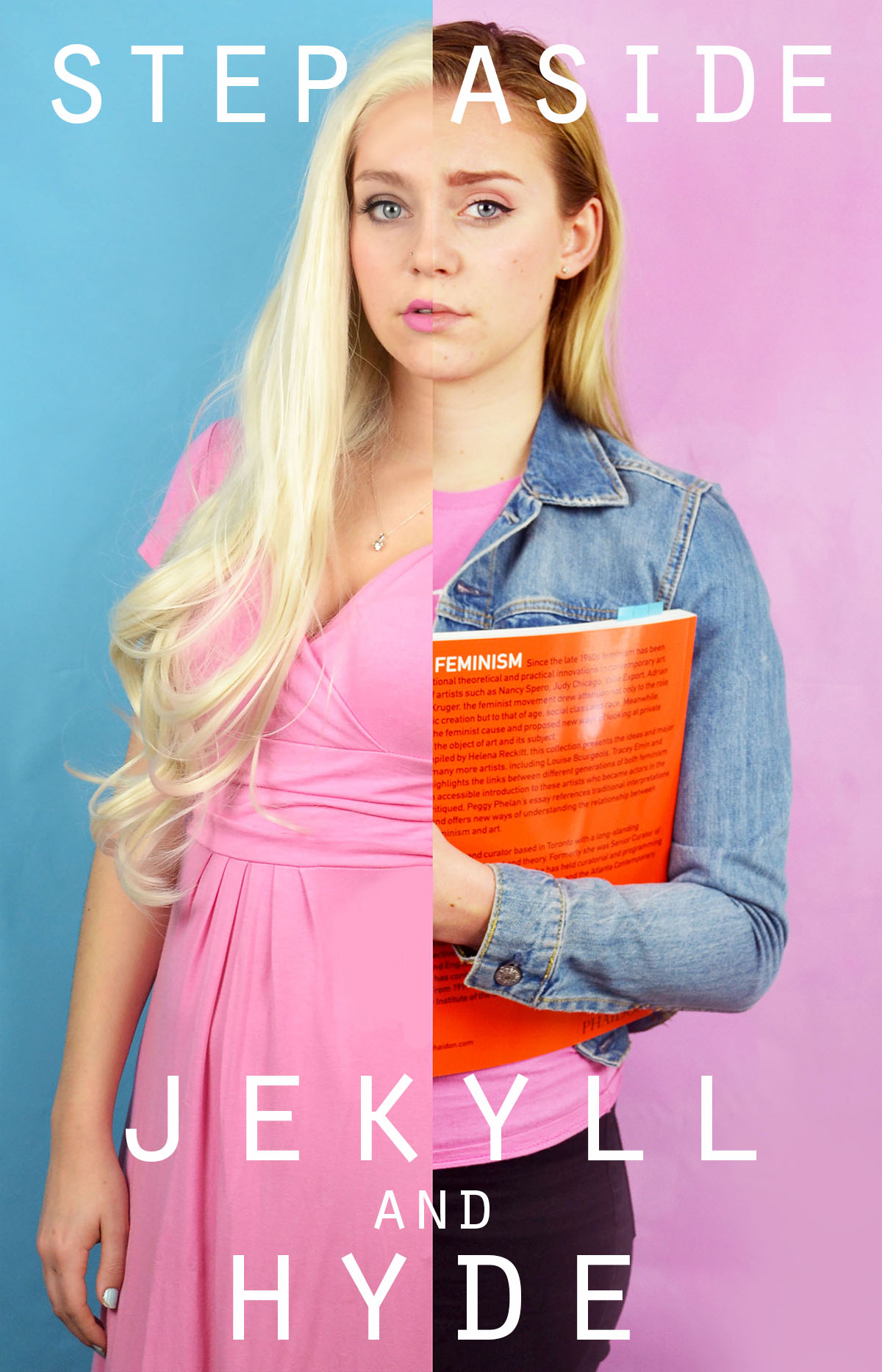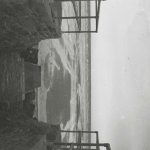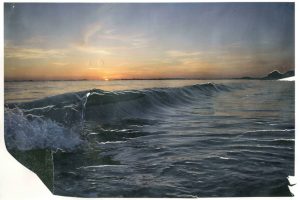I wanted to create a variety of different aspects to my project and make it less direct my adding pollution particles onto my studio portraits. I believe that the images that have come from this are really strong and will round my project off nicely as i will have combined abstract photography, tableaux photography, landscape photography and portraiture in one project. I got the particles off google and many of them were in poor quality which is why when printed they may be pixelated but it could work well as it will create a different look to my sharp photos from other shoots.
To start, i turned all my particles into black and white so that they would match my photos and not affect them to much, this works well but after the merge, the photos needed to be edited on light room to make them the standard black and white so that my book would look consistent. However, some photos do have a slightly vintage colour but this could work well as it will make them stand out from the book.

This image is really strong because i used pollution particles which were scattered so that it created this appearance. The photo has a slight vintage ting but i wanted to keep it otherwise the particles would not be so prominent. This is the original image of the particles:  As you can see the image is blurry which is why the photo will look pixelated when printed or in my book but this will add a different look to my images as my book is a combination of many different things which is why i want to combine many different appearances to my images. It could also represent the blurred vision of the world as the media hides the real problems by covering stories which aren’t relevant to helping the world. This is not the strongest image in this series but my models eyes make the image eye catching which is why i will use it in my photo book and it will be part of my finals.
As you can see the image is blurry which is why the photo will look pixelated when printed or in my book but this will add a different look to my images as my book is a combination of many different things which is why i want to combine many different appearances to my images. It could also represent the blurred vision of the world as the media hides the real problems by covering stories which aren’t relevant to helping the world. This is not the strongest image in this series but my models eyes make the image eye catching which is why i will use it in my photo book and it will be part of my finals.

This is one of my favourite edits because of how clear the original image is and how the particles have created different tones within the image but not covering my model too much so that we can still see her eyes so clearly which is why this image is so strong. The particles i used were fairly clear, more than the others and they worked really well with this image:

To create this photo i zoomed into the left side of the image as i already had a large photo of the image on the right. I thought this would make the particles extremely blurry but they weren’t too bad. I like the left image because it has different depths and textures which will be put onto my image making it much more interesting than if the image was on it’s own.

The particles in this image represent the hidden world which we cannot see but that follows us around. This image is very dramatic and dark because of the large particle behind/on my models head which could represent the looming danger which no one can see. The particles i used for this were the clearest but only seemed to work best on the darker images from my studio shoot:

To create my image, i flipped the particle image horizontally then zoomed in so that the large particle was much more visible in the dark image. By zooming in and cut off a few of bubble like particles but it is the large one which i wanted to focus on and it represents a danger and looks menacing in the image compared to the “bubbles”.

This image symbolize how when we breath all the toxins and particles are pulled towards us and are stuck on the mouth mask/our face. It is the most sinister image of the set because it’s meaning behind it and it is quite clear and will become clearer when the viewer knows that the book is about pollution. I will also add a quote about particles next to this image to make it much more powerful and dramatic. The particles i used for this were not very clear to begin with so i was worried that they would come out really blurry and affect the whole image but it did not luckily:

To create this image, i turned the image 90 degrees so that it was up right and i zoomed in so that the bulk of the particle was on my models face to create the impression as it is stuck to his face. This image is sinister because it could potentially represent what is really happening but we cannot see it because they are so small.
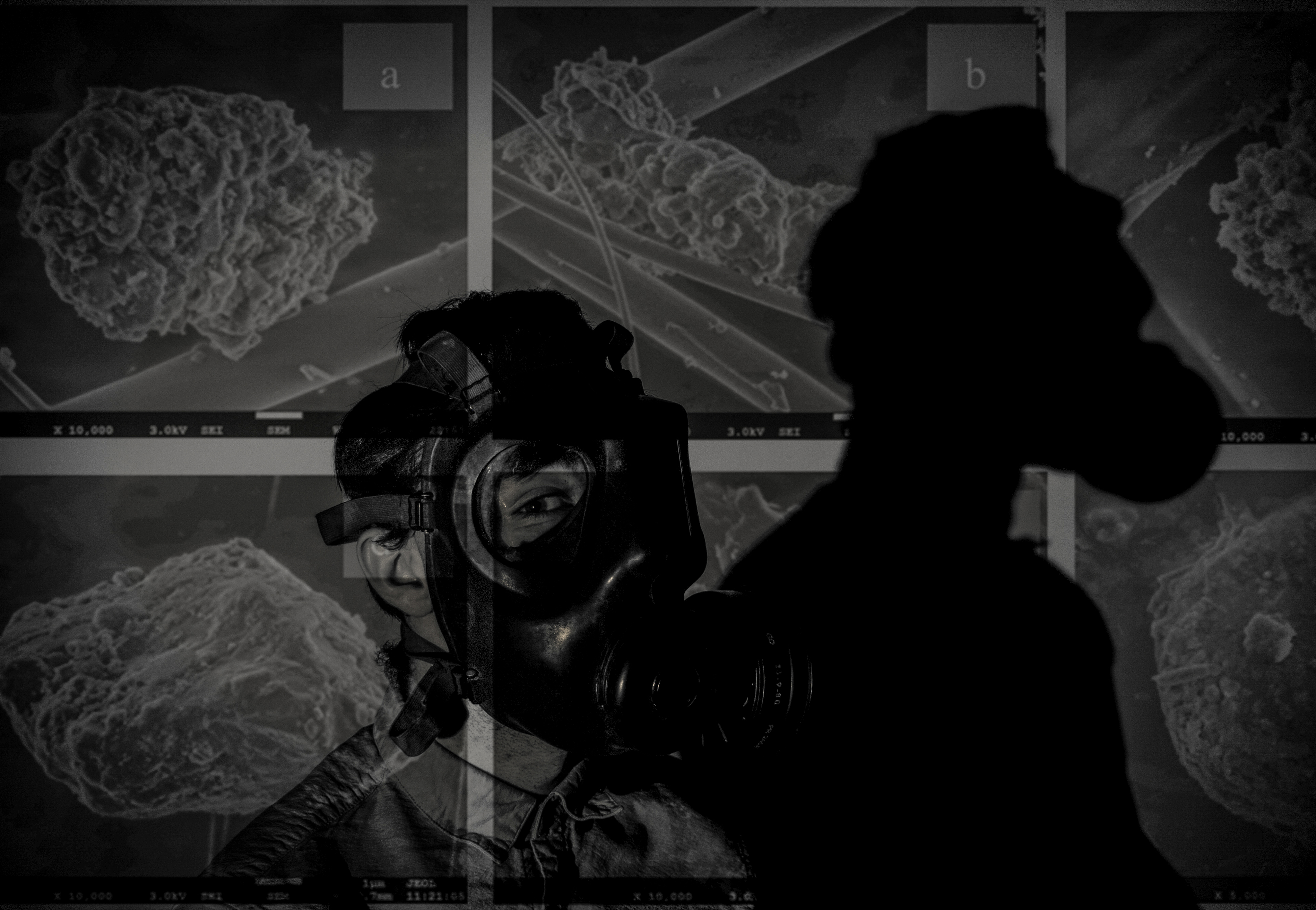
This image looks as if it projected onto my model and it does not look like it is photoshopped and that is it the original image. The only thing i would change about this image is that it is slightly slanted but it works well as i do not want my photoshopped images to be perfect and symmetrical as that will ruin the point of creating these images as they aren’t meant to be perfect. The particles that i used for this was a long image with lots of different particles and their names on them:

To create my image, i zoomed in on the image so that some of the particles were cut off creating tension in the image and this will allow the viewer to create an idea of what the particle might look like making it much more interesting and intriguing to the viewer. Also it makes the photo look like it is projected when zoomed in rather than left as the original image.
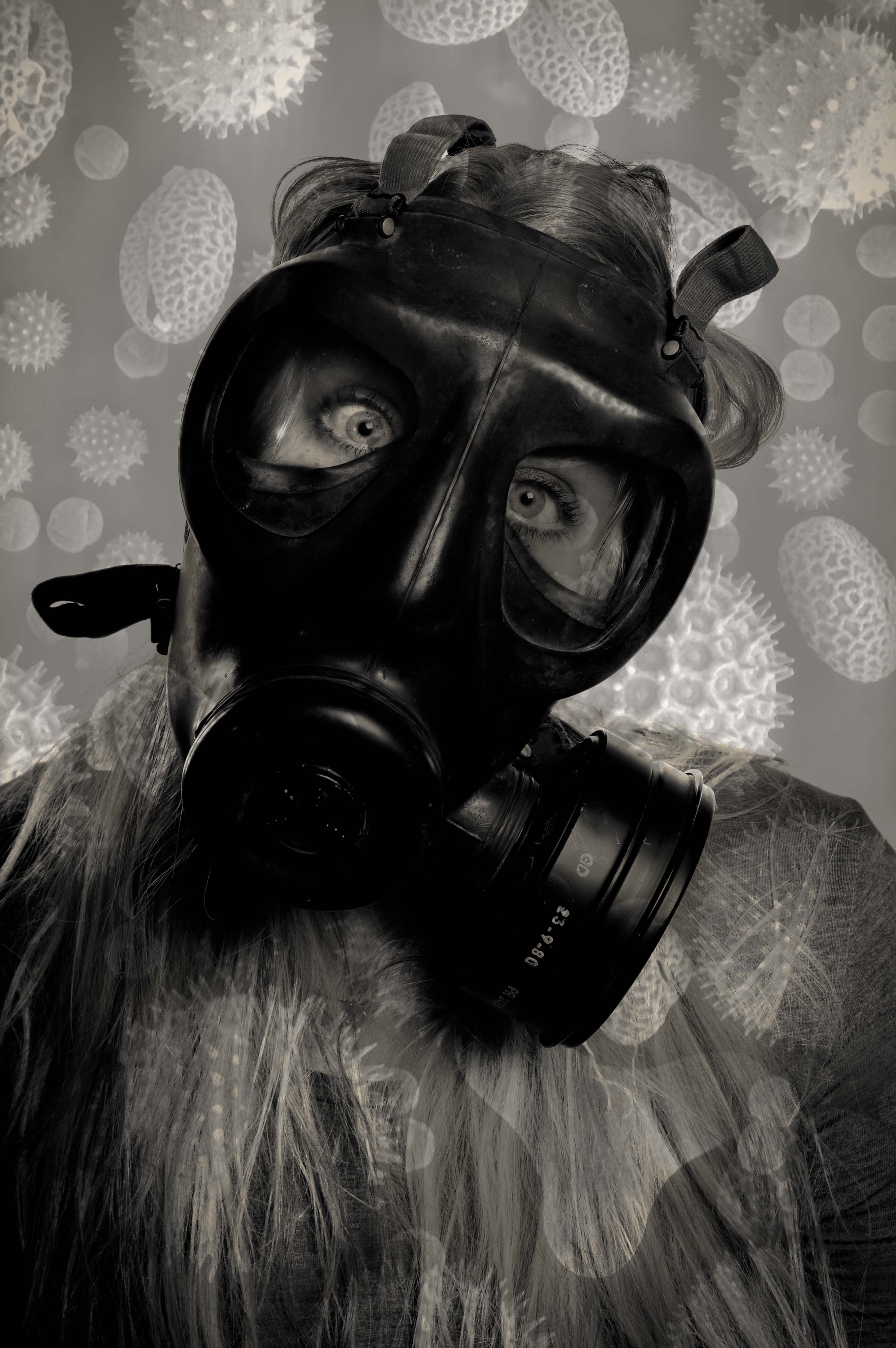
I am unsure if i will use this image in my book as it does not seem as threatening and sinister as the other images as it is not as dark and the particles do not seem as scary. I think this image works better on it’s own without photoshop because she has lots of emotion in her eyes and the photo is sharp and clear which will work well in my book. The particles i used for this was an image with all different particles of different sizes, textures and tones:

To create my image, i turned the image 90 degree to he right so that the triangular particle was at the bottom. I then zoomed in so that they were bigger and more prominent in the photo. What i do like about this image is that the particles have created different tones, textures and depths to the image which makes it intriguing.

I definitely will not use this image in my book as it is not as interesting as the other photoshopped image of this one and it does not look as sinister as all the other photos. It does look like there is something dangerous around us or something looming behind us slowly harming us and the planet. The image i used had lots of these spider type particles:

To create my image, i zoomed into the main particle in the image but the rest did not show up as much in the dark areas of the image but i did try it on different studio portraits but it did not work on them either. This is the worst out of the series of images because it just appears boring compared to the rest.





 As you can see the image is blurry which is why the photo will look pixelated when printed or in my book but this will add a different look to my images as my book is a combination of many different things which is why i want to combine many different appearances to my images. It could also represent the blurred vision of the world as the media hides the real problems by covering stories which aren’t relevant to helping the world. This is not the strongest image in this series but my models eyes make the image eye catching which is why i will use it in my photo book and it will be part of my finals.
As you can see the image is blurry which is why the photo will look pixelated when printed or in my book but this will add a different look to my images as my book is a combination of many different things which is why i want to combine many different appearances to my images. It could also represent the blurred vision of the world as the media hides the real problems by covering stories which aren’t relevant to helping the world. This is not the strongest image in this series but my models eyes make the image eye catching which is why i will use it in my photo book and it will be part of my finals.
























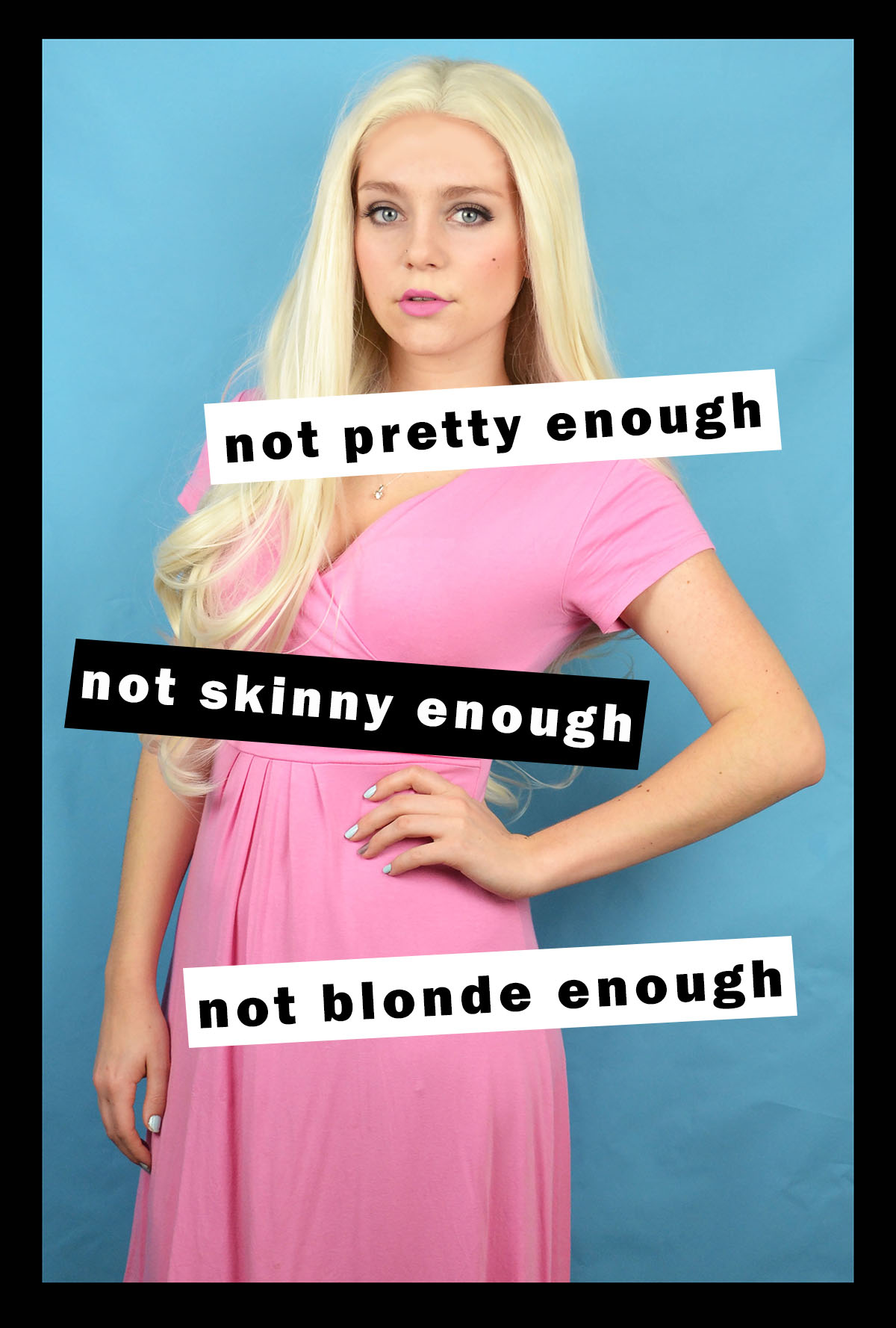





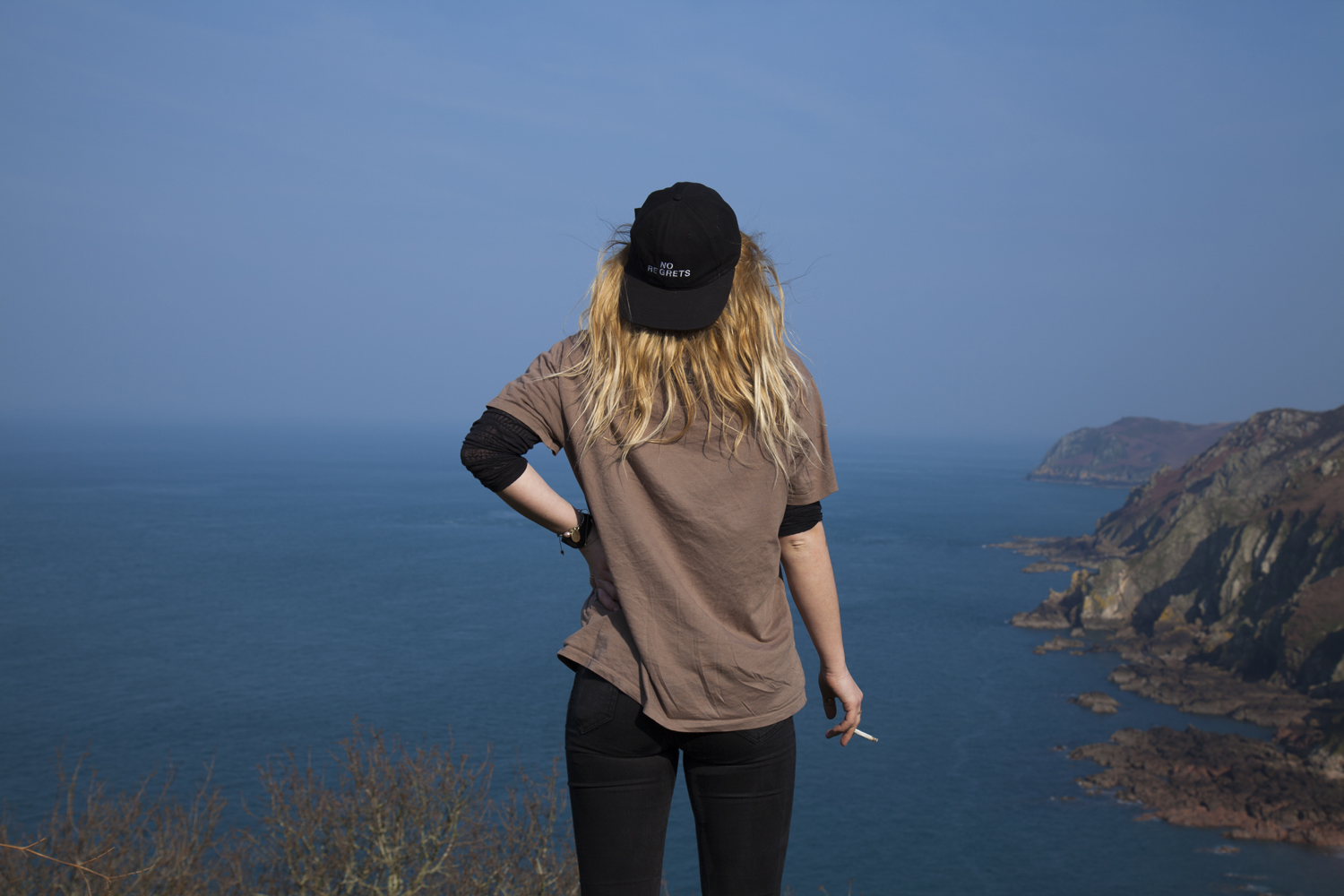
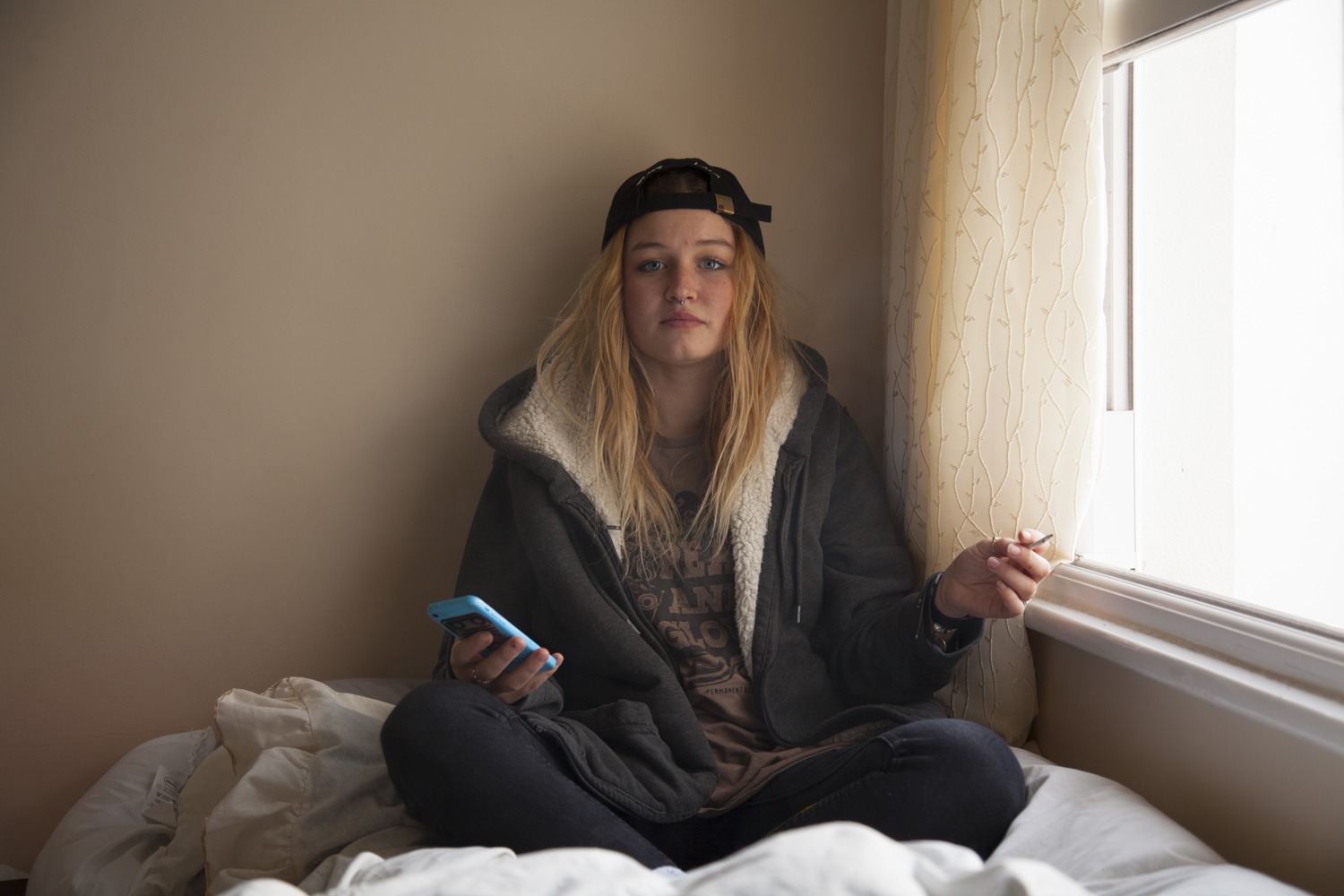




















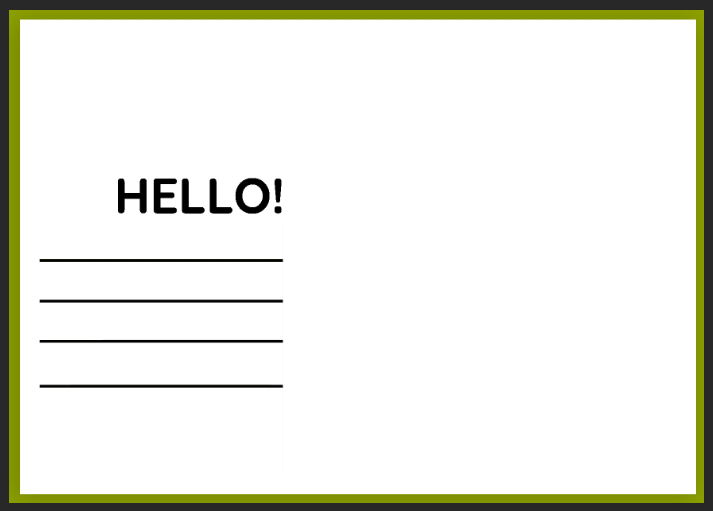


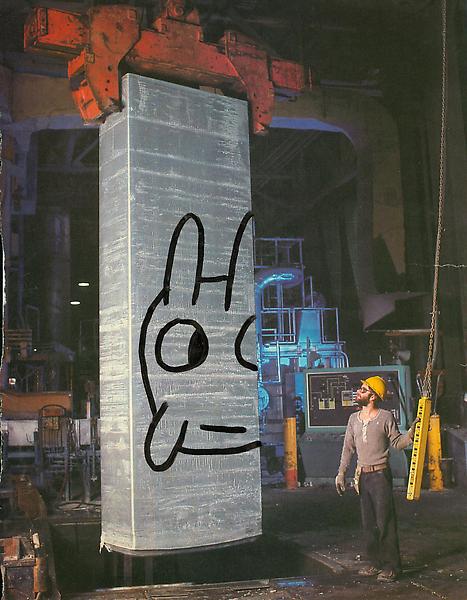


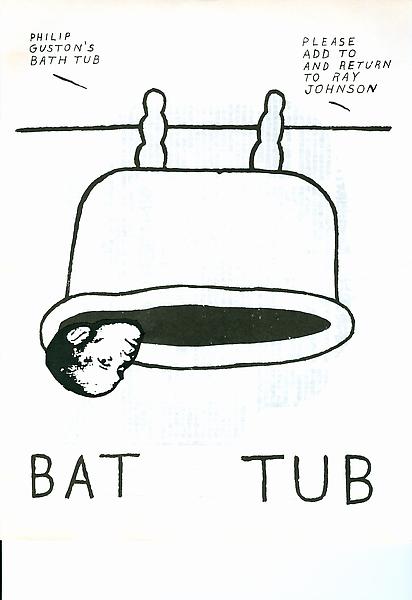

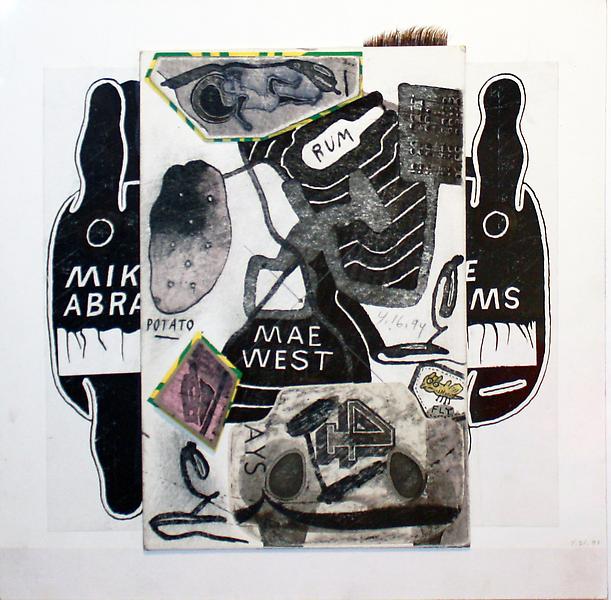


 Below are a series of small tests on my own images. They were printed out on a normal copy printer so are not a high quality and were manually deformed with pens and ink markers.
Below are a series of small tests on my own images. They were printed out on a normal copy printer so are not a high quality and were manually deformed with pens and ink markers. 



